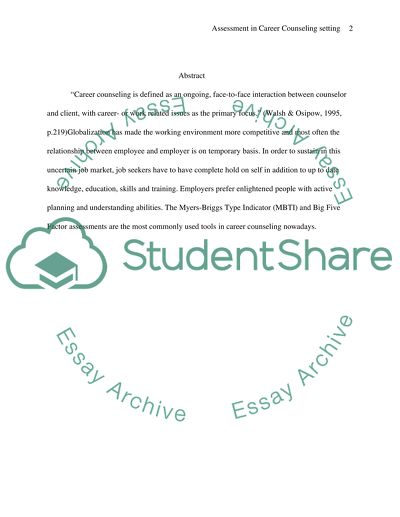Cite this document
(Career Assessments Coursework Example | Topics and Well Written Essays - 1750 words, n.d.)
Career Assessments Coursework Example | Topics and Well Written Essays - 1750 words. https://studentshare.org/psychology/1556472-career-assessments
Career Assessments Coursework Example | Topics and Well Written Essays - 1750 words. https://studentshare.org/psychology/1556472-career-assessments
(Career Assessments Coursework Example | Topics and Well Written Essays - 1750 Words)
Career Assessments Coursework Example | Topics and Well Written Essays - 1750 Words. https://studentshare.org/psychology/1556472-career-assessments.
Career Assessments Coursework Example | Topics and Well Written Essays - 1750 Words. https://studentshare.org/psychology/1556472-career-assessments.
“Career Assessments Coursework Example | Topics and Well Written Essays - 1750 Words”. https://studentshare.org/psychology/1556472-career-assessments.


